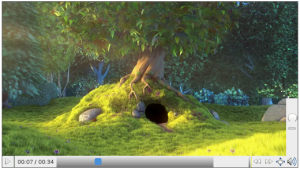From September 26th to 28th we celebrated at the Igalia HQ the 2016 edition of the Web Engines Hackfest. This year we broke all records and got participants from the three main companies behind the three biggest open source web engines, say Mozilla, Google and Apple. Or course, it was not only them, we had some other companies and ourselves. I was active part of the organization and I think we not only did not get any complain but people were comfortable and happy around.
We had several talks (I included the slides and YouTube links):
- Servo: Today & Tomorrow by Jack Moffitt (slides)
- Ten Years of HarfBuzz by Behdad Esfahbod (slides)
- Fetching Bytes and Words on the Web by Youenn Fablet (slides)
- From ‘WebKit for Wayland’ to WPE by Žan Doberšek (slides)
- Cluttering WebKitGTK+ by Gustavo Noronha (slides)
We had lots and lots of interesting hacking and we also had several breakout sessions:
- WebKitGTK+ / Epiphany
- Servo
- WPE / WebKit for Wayland
- Layout Models (Grid, Flexbox)
- WebRTC
- JavaScript Engines
- MathML
- Graphics in WebKit
What I did during the hackfest was working with Enrique and Žan to advance on reviewing our downstream implementation of our GStreamer based of Media Source Extensions (MSE) in order to land it as soon as possible and I can proudly say that we did already (we didn’t finish at the hackfest but managed to do it after it). We broke the bots and pissed off Michael and Carlos but we managed to deactivate it by default and continue working on it upstream.
So summing up, from my point of view and it is not only because I was part of the organization at Igalia, based also in other people’s opinions, I think the hackfest was a success and I think we will continue as we were or maybe growing a bit (no spoilers!).
Finally I would like to thank our gold sponsors Collabora and Igalia and our silver sponsor Mozilla.




